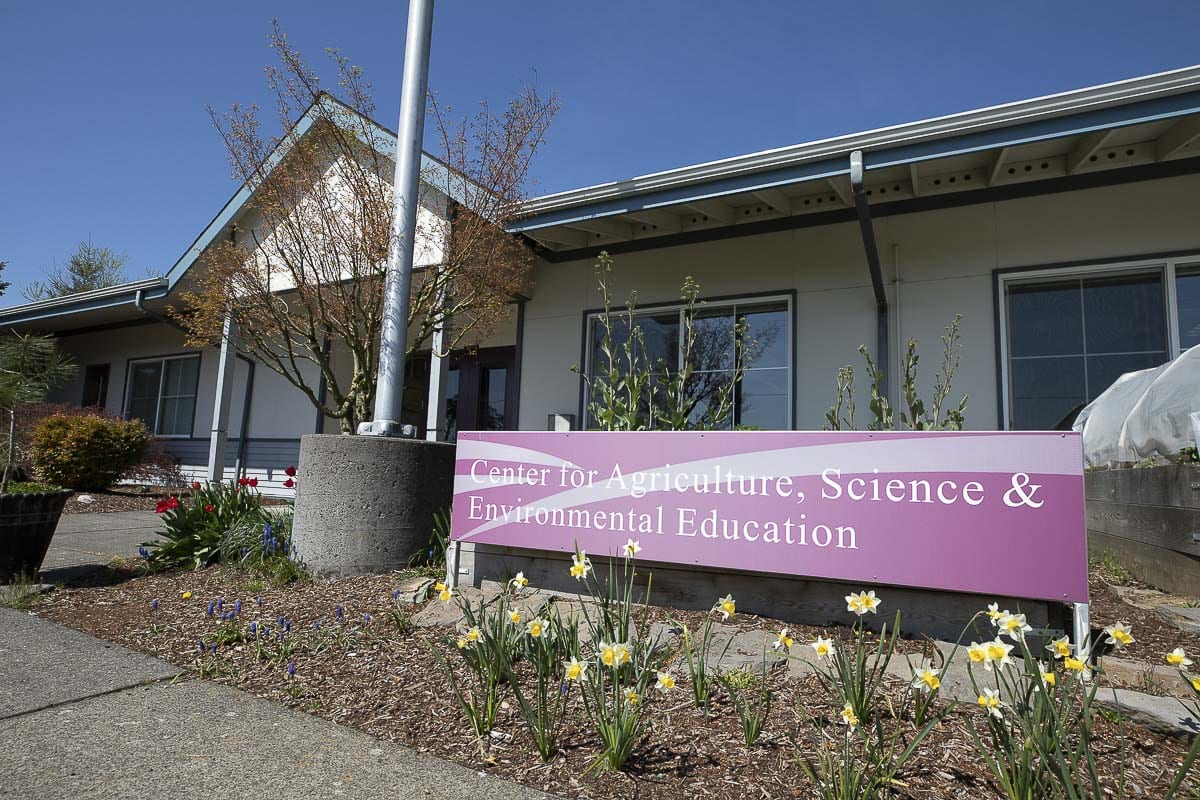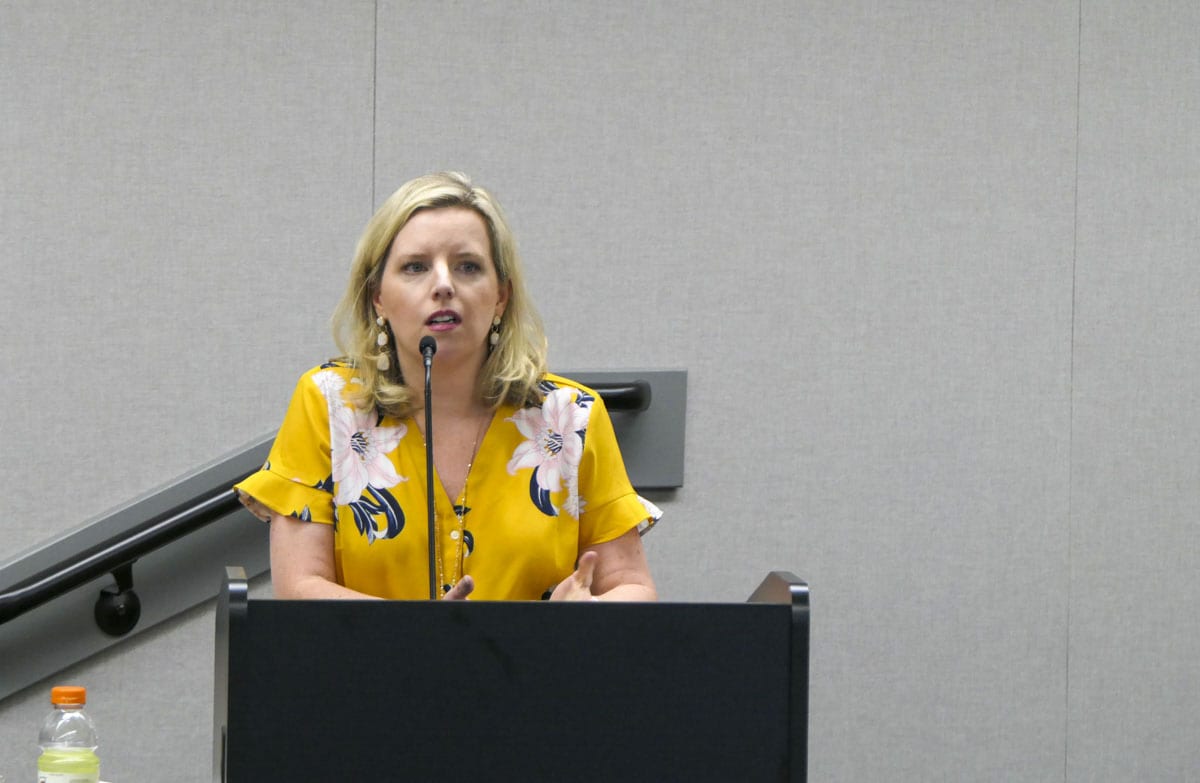Concerns over next school year could see district enrollment numbers plummet, impacting the bottom line
BATTLE GROUND — “It’s not a normal budget year.”
Those words summed up the difficult situation facing Meagan Hayden, chief financial officer for the Battle Ground School District, during a one-hour work session Monday evening on the district’s upcoming budget.

The budgeting process for most school districts begins in January, when they start calculating the likely student enrollment numbers for the upcoming school year. That information is used to determine staffing levels for the coming year.
“In March came COVID,” Hayden told the Battle Ground Schools Board of Directors, “and our world was literally turned upside down.”
The National Bureau of Economic Research on June 8 declared that the United States had officially entered a recession, ending the longest streak of economic growth on record.
As states across the country shut down in an attempt to stem the spread of COVID-19, the unemployment rate in Washington state jumped from just 3.8 percent in February, to more than 15 percent in April.
Earlier this month the Washington Department of Revenue warned that the state could be facing a nearly $9 billion budget hit over the next bienniums, including $4.5 billion during this budget alone, which ends next year.
Many lawmakers have urged Gov. Jay Inslee to call a special legislative session this summer to examine the impact of the crisis. The governor has already asked all cabinet-level departments to submit budget cuts of 15 percent, and canceled a planned 3.1 percent raise for many state employees.
“What’s it going to be like for school budgets?” Hayden speculated. “It depends on what the special legislative session is.”

The state may be between a rock and a constitutional mandate when it comes to basic education. Legislators finally got out from under a state Supreme Court mandate in 2017 when they approved a massive educational funding package known as the McCleary Act.
That spending increase means K-12 education now eats up approximately 52 percent of the state’s general fund budget. It also means lawmakers may be hard-pressed to cut too deeply into that spending, or risk falling afoul of the high court’s ruling.
Even so, Hayden says the Battle Ground School District received $5.3 million last year in non-basic education funding, such as local effort assistance, Project Lead the Way, and teacher award bonuses. A 15 percent cut in that funding would equal nearly $800,000.
Whatever the impact of statewide cuts end up being, it likely won’t be felt until the 2021-22 school year.
The more immediate problem could be student enrollment, which remains a massive question mark in the Battle Ground school district right now.
Just under 5,000 families in the district responded to a survey, seeking information about options for the upcoming school year. Of those, 70 percent said they would be willing to send their student back to a building in the Fall, while 5.6 percent said no. Another 24 percent were undecided.
Enrollment at the Glenwood-Laurin campus, as well as Chief Umtuch is expected to grow. Everywhere else is currently seeing flat or reduced enrollment for next school year.
“We’re really watching our kinders,” said Hayden, “because it’s not coming in as we thought it was going to be.”
That may be an understatement.
Compared to this time last year, Kindergarten enrollment is down by at least half.
“I want the board to understand, realistically, we’ve never seen anything like this in terms of numbers,” said Deputy Superintendent Denny Waters.
Despite the dire numbers, Waters says he expects parents of younger children are taking more of a wait-and-see approach.
“The kindergarten parents are just set off kilter a little bit by the current state of affairs,” Waters said, “but we feel that by the end of the year, we’ll be able to get the majority of those eligible to be registered.”
Board President Troy McCoy said he’s heard from a number of parents intent on homeschooling their children, at least at the younger grade levels, over concerns about the ability of teachers to properly enforce social distancing and hygiene requirements.
“The social distancing is not going to happen with kindergarteners,” McCoy said. “I don’t know how you can keep them six feet away from anything.”
Hayden noted that, increasingly, the district tends to see an influx of kindergarten students right before the new school year.
“A lot of parents right now are like last minute shoppers, you know? When school starts to open up to the public, that’s when a lot of parents start to make the enrollment,” she said.
Since staffing makes up nearly 80 percent of the district’s budget, and staffing levels are based on student enrollment, the uncertainty creates an even greater level of difficulty in budgeting.
But it’s far from the only problem.
With the school year likely to start amid a slew of regulations and recommendations, there are custodial hours to consider, along with things like cleaning products, hand sanitizer, gloves, masks, and more, which are already difficult and costly to obtain.
Hayden noted the supply chain nationwide is already stretched, making purchasing decisions for new technology difficult since it has to be ordered far in advance now due to delayed shipping times.
The board will get another look at the budget during a day-long workshop in July, and the hope is that the state may have been able to provide more clarity on requirements by then.
The district also hopes to give parents more concrete answers soon, based on the survey results, about what next school year will look like. And those who feel uncomfortable coming to a building may be able to choose online learning only, which could lead more parents to sign their students up.




